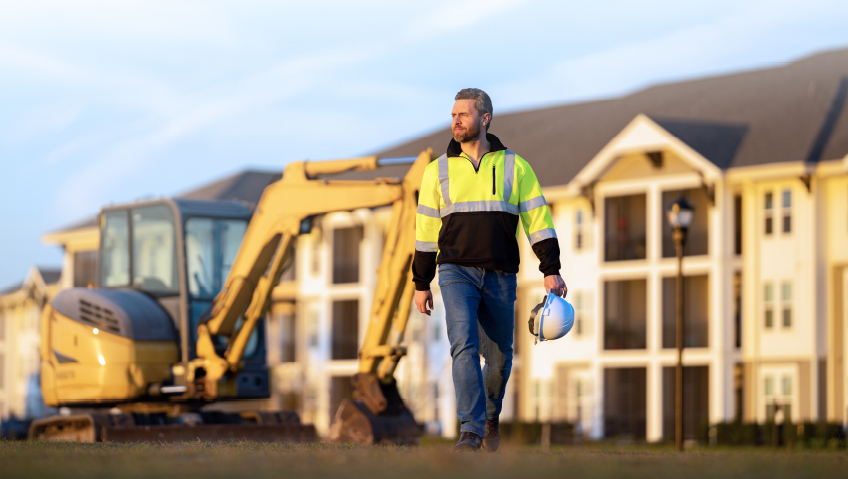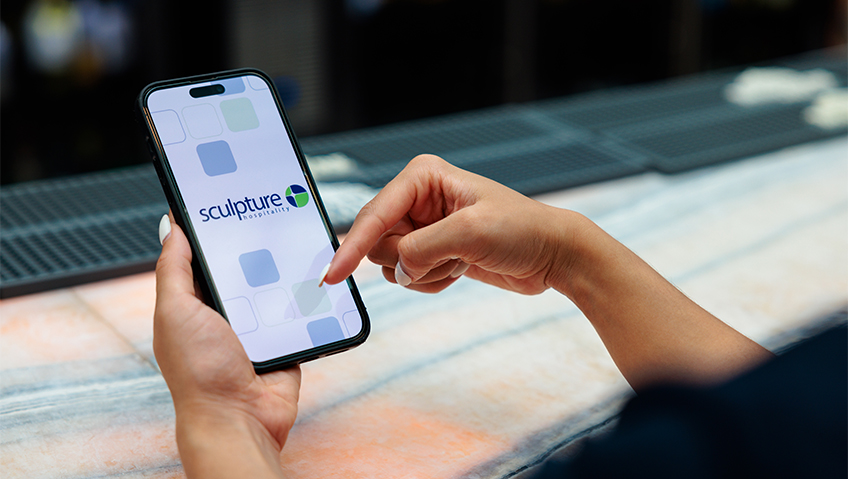The Leatherwood Museum is a quaint, small-town treasure nestled in Louisiana’s Cajun country along the Myths and Legends Byway, a scenic drive based on true stories, ghosts, and tall tales. Visitors who meander along the region’s back roads will enjoy an authentic glimpse into the unique culture and heritage of Allen Parish.
The Leatherwood Museum’s Arts and Crafts style building dates to 1888 and has seen a long list of uses, from a railroad company house and boarding house to a family home and hospital. In 1986, the structure officially became a museum, but a lack of funds forced it to shut down in 1997.
In 2005, one of the last surviving members of the Leatherwood Foundation reached out to the Allen Parish Tourist Commission in hopes of giving the museum a second chance. The commission agreed to take responsibility for the property, and the foundation donated the building and all the artifacts.
While this may seem like the end of a century-long story, it was only the beginning. The museum needed a complete overhaul. Fortunately, grants came through to make the project possible. “We put a good bit of money into it,” says Adagria Haddock, Director of the Commission. “We had to go from top to bottom to get it brought up to code. We had to put all new electrical wires in there. We had to put new plumbing in.”
When the renovations were nearly completed, they learned the building needed an elevator to meet accessibility requirements. Fortunately, additional funding came through, and the commission was able to install the elevator, allowing exhibits to cover two floors instead of one.
“With grants and loans, the Allen Parish Tourist Commission restored the building and brought it up to code,” Haddock says. “The plan was to bring the building back to its former beauty, keeping as much as possible to the original design of the building.” For example, the team removed a kitchen that had been added in the 1950s and added a sleeping porch to recreate a feature that had been taken out in the past.
Once the renovations were complete and the building met code, the team hit another snag. “Before we started the work, we went in there, and we took everything out,” she remembers. The number of random items seemed overwhelming—until it was time to put everything back, and it suddenly became clear that there was not enough to fill the newly renovated spaces. “I was thinking, ‘how are we going to get all this stuff back in here?’ But then, when we got everything organized and we were putting it all back into categories and rooms, the place looked empty. There was hardly anything.”
The commission immediately went to work to gather new collections for the revitalized museum. “We started going around to the local towns, explaining what we were doing, and the donations started coming in,” she says. Soon, the Leatherwood Museum had enough artifacts to reopen to the public, and the new additions helped transform the once-limited facility into a museum that would represent the entire parish.
But, the challenge was not over yet. The commission still had to reorganize all of the artifacts—both old and new—and decide how to display them. To complicate the matter, Haddock had no prior experience in this area but she was not afraid to roll up her sleeves and tackle the problem head-on.
“I had never had anything to do with museums and no professional training as to how to set up exhibits and interpretations,” she says. She brought in Curator Hunter Armstrong, and the two worked side-by-side throughout the process to ensure the best outcome.
“I hired a man that was very smart and loved to do research. Where I was creative, he was mind muscle. Hunter Armstrong and I built each exhibit. I can actually tell you that there was blood, sweat, and tears shed during this time of the museum.”
“We researched, learned about what we had; then we designed what we wanted the exhibit to look like,” she recalls of the effort. “I visited various museums and researched how they had their artifacts set up with their interpretation, and we did our museum in like manner, somewhat. We also purchased a Plexiglas bender, and we made all of our own Plexiglas boxes housing special exhibits. We also tinted all of our own windows.”
Haddock was under a lot of stress and pressure to deliver a successful outcome, despite her lack of experience. “I was very overwhelmed at the aspects of designing this museum, as I had never done one before,” she says. “One night, at home, I was fretting and getting very anxious about how to proceed. I had gone to bed and fallen asleep when I dreamed how one of the rooms looked. I saw each artifact that would go into that collection. I woke up and wrote down what I had dreamed.”
She reports that this process continued throughout the night. “I went back to sleep and dreamed about another room and what artifacts would make up the collection,” she says. “Again, I woke up and wrote down what I had dreamed about that room. After the second dream, I thought maybe this would be an all-nighter and it was. I went to my recliner, put a notebook in my lap and my pen in my hand and went back to sleep. For the rest of the night, I dreamed about each room and how to proceed with each of the collections and what room each collection would be put in. You may think I’m crazy, but I truly believe that God sent me these dreams and that He designed each room and told me how to do it. It was such a relief.”
She built each exhibit as she had envisioned them in these dreams. The result has been widely praised—even by those who thought her goals were unrealistic. “I was told that you could have a museum or have something pretty on the eyes, but I could not have both,” she says. “The gentleman who told me this ran a museum of his own. Once we got the collections completed, I invited him back to the museum. He told me that I had proven him wrong.”
The Leatherwood Museum transports visitors to a bygone era as soon as they walk through the front door into a dining room filled with original tiger oak furniture, blue carnival dishware, and historical artifacts that help set the scene, including a walking cane from President Andrew Jackson’s Hermitage Farm.
Upstairs, there are a variety of exhibits including a restored bedroom with the original tiger oak furniture, a recreated dental office from the early twentieth century, one of the largest arrowhead and point collections in the region, and a wildlife exhibit with twenty animals displayed in their natural habitat.
In the 1940s, southern Louisiana hosted the Great War Maneuvers in preparation for WWII, and the museum displays photographs of these historical military exercises. Another exhibit displays military uniforms from WWI through the Vietnam War.
The Leatherwood Museum continues to grow and evolve. “Over the years, we have had new artifacts come into the museum,” Haddock says. The team has rearranged some exhibits to create room for the new items, each of which is carefully managed on a case-by-case basis. “We stick to the same game plan,” of when the museum was first restored, she says. “We research the artifact. If we have a collection that the artifact would fit in, we add it to that collection. If not, we make a new exhibit for the artifact, if possible,” she explains.
“Sometimes, we have donations given to us and we don’t have a place to put it out right then,” she says. “We store the item until such time would come along. An example would be the doll exhibit. A few years back, as part of a bigger collection, we were given monies from different countries. We had nowhere to put this, and we stored it. This year, we were given a doll collection with approximately thirty countries represented by dolls in the [traditional] dress of that country. We then pulled out the coins donated a few years back and matched up four countries with the monies that we had, thus giving us a basis for a nations’ wall.”
The Leatherwood Museum gives tourists and locals the opportunity to explore the rich history of southwest Louisiana’s Cajun country. After an extensive renovation and a dedicated and flexible commission that keeps the museum evolving to accommodate the latest artifacts, the facility is sure to remain a community treasure for years to come.






